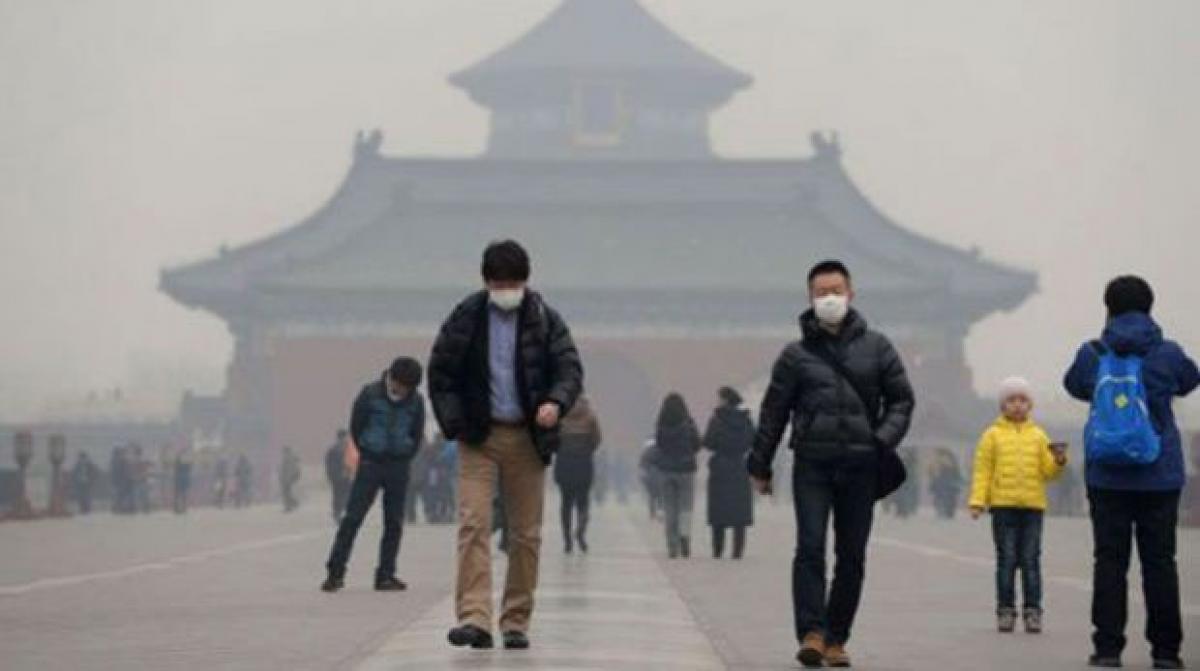Live
- Chanchalguda Jail Officials Say They Haven't Received Bail Papers Yet, Allu Arjun May Stay in Jail Tonight
- BJP leaders present evidence of illegal voters in Delhi, urge EC for swift action
- Exams will not be cancelled: BPSC chairman
- Nagesh Trophy: Karnataka, T.N win in Group A; Bihar, Rajasthan triumph in Group B
- YS Jagan condemns the arrest of Allu Arjun
- Economic and digital corridors to maritime connectivity, India and Italy building vision for future, says Italian Ambassador
- SMAT 2024: Patidar's heroics guide Madhya Pradesh to final after 13 years
- CCPA issues notices to 17 entities for violating direct selling rules
- Mamata expresses satisfaction over speedy conviction in minor girl rape-murder case
- Transparent Survey Process for Indiramma Housing Scheme Directed by District Collector
Just In

Winter in Kashmir has not always been a period of bone-chilling cold and misery. It has also been the magical backdrop to the unending narrative of traditional storytellers in the past that would transport the young and the old to fairylands of princes, princesses, demons, djinns, mythical birds and wooden horses that could fly.
Winter in Kashmir has not always been a period of bone-chilling cold and misery. It has also been the magical backdrop to the unending narrative of traditional storytellers in the past that would transport the young and the old to fairylands of princes, princesses, demons, djinns, mythical birds and wooden horses that could fly.
Both in Srinagar city and the countryside, long and dull winter nights were brought alive by storytellers who had mastered the art in such a manner that they would specially be invited for night-long sessions.
"As radio, cinema and television came to Kashmir, the demand for the storytellers died down gradually till the present times when the younger generation of Kashmiris don't even know anything about this tradition", said Noor-ud-Din, an octogenarian who lives in Ganderbal district.
The storyteller would come to the village with regular periodicity during the winter months in the past and the event was no less than a small village celebration.
"Children and elders would all gather around the storyteller whose session would begin after dinner. He would sit in the centre of a large room surrounded by his audience. The room would be lit in village homes by an oil-lamp and in well-to-do urban homes by a kerosene lantern since electricity was not even heard of in our childhood," said Habibullah Dar, another resident of the same district.
Dar's uncle called 'Wali Maam' was a master storyteller.
"He belonged to Anantnag district. He would come to our village for a few weeks during the 'Chillai Kalan' (40-day long period of intense cold beginning December 21). The entire village would wait eagerly for his visit. After dinner, he would begin his stories that often revolved around fairylands, love-smitten princes, demons, the mythical birds called the 'Rooks' which would lift a person and take him to the 'Koh-e-Kaff' (A far off mountain).
"The changing colours of Wali Maam's face were so intriguing that the audience would forget the biting cold outside as the magic of shadows thrown by the faint light of the oil lamp added to the suspense inside the room," Dar said.
It was an endless narrative that would be interrupted in the morning only to be resumed the next evening, Dar recalled.
He strongly believed the celluloid stars of today could learn the art of articulation and dialogue rendering from Wali Maam.
"His voice would rise and fall as if he was on board with the prince who had invented a wooden horse that would fly to the fairyland of his lady love. The prince had to fight the demon who had carried his beloved to the land of djinns and beasts. You couldn't fall asleep as rounds of 'Kehwa' would continue for the entire night to keep the audience alert.
"It was so participative that in between his narrative, the storyteller would ask someone in the audience to repeat the last line of the tale.
"This is perhaps what you people in today's world call interactive audience," Dar said as he laughed.
However long the winter night and the narrative of the storyteller, the conclusion was inescapable - the triumph of good over evil.
"Storytelling in the past was not just an art to keep you amused during the dull and dark winter nights. It was a lesson in morality in which the mighty demons and power villains would always lose to the hero who embodied love, sincerity and compassion", Noor-ud-Din said.
While folk theatre and Sufiyana music are being revived in Kashmir, it is time the art of storytelling is also preserved as the grand heritage of this land.

© 2024 Hyderabad Media House Limited/The Hans India. All rights reserved. Powered by hocalwire.com







